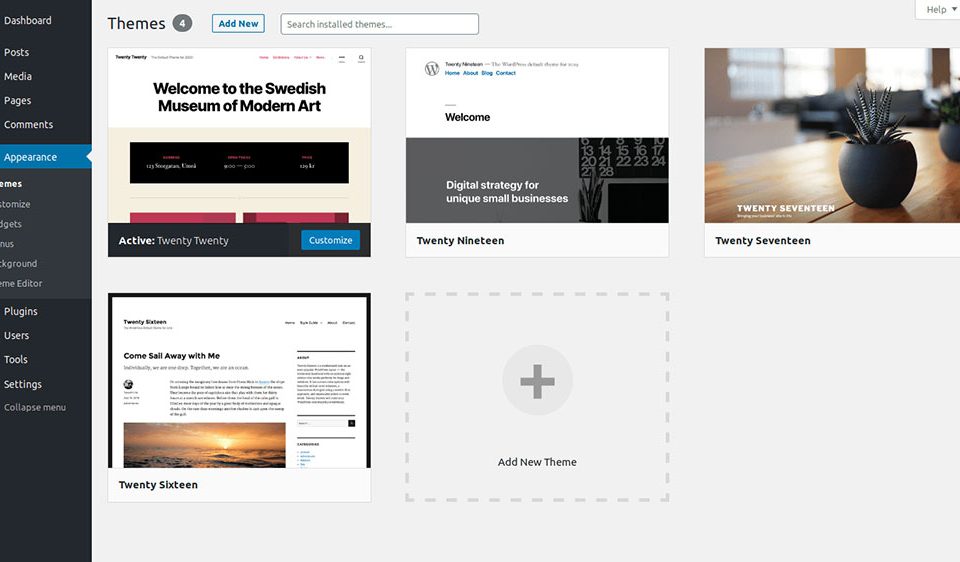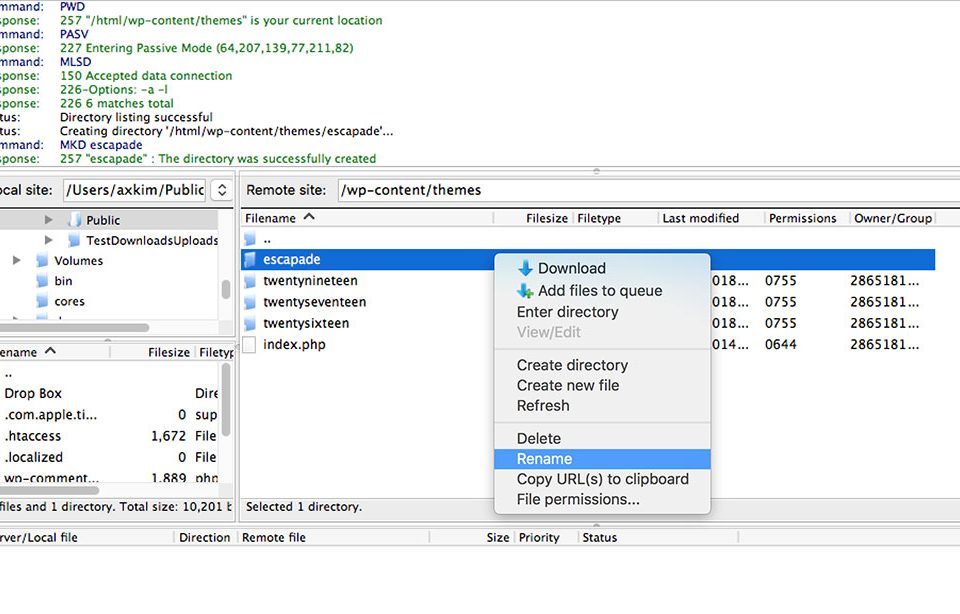
The best BuddyPress themes you can download
May 29, 2020
The Best bbPress Themes to Create A Forum With
June 19, 2020The term “product variation” refers to minor differences (color, size, detail, etc.) of the same product in the WooCommerce world. E-commerce owners offering a WooCommerce variable product create a listing for the product, then allow the customer to choose their preferred variation via a simple drop-down selection menu.
This quick article will provide everything you need to know about product variables, attributes, extra product options, and variations.
So, What Is a WooCommerce Variable Product?
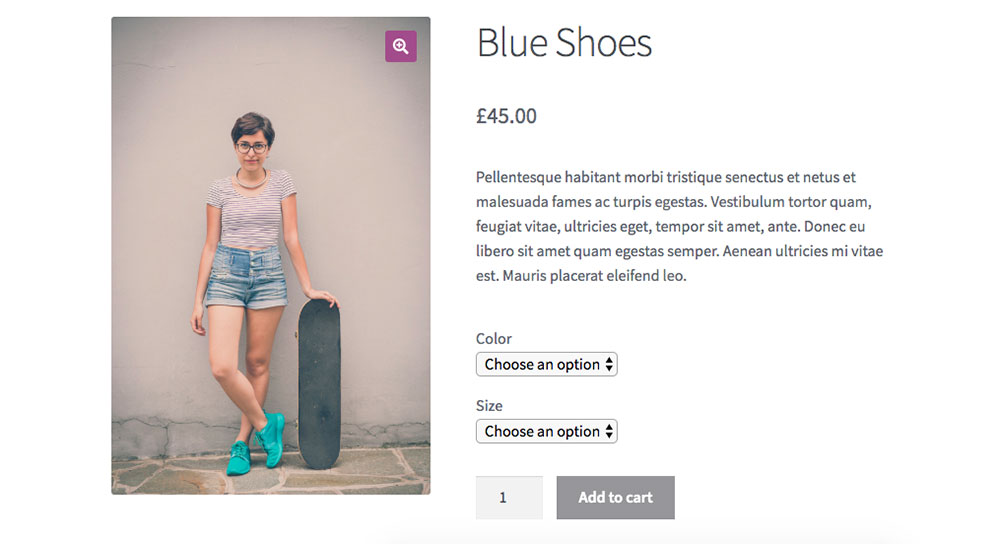
Despite the general term, WooCommerce products have specific types, including the following:
Grouped
Grouped WooCommerce products are complex, combining individual, related products into a single group.
Simple
Simple products are the most basic type of product frequently used by the general population. They are usually physical objects that are shipped to buyers and lack additional options, for example, a book.
Downloadable
Downloadable products include things like plugins, pdfs, and graphics and do not need to be shipped.
Virtual
Virtual products also don’t need to be shipped. They include products such as services, which are purchased but not mailed.
Variable
Variable products have different versions that buyers can choose from.
Variable products are commonly used WooCommerce products giving sellers the freedom to offer their buyers product variation. The seller can sell the same product with varying features including size, shape, and color. Using this type of product, the seller also gets complete control over price, image, stock, and other important factors regarding their products.
What Is a Variation then?
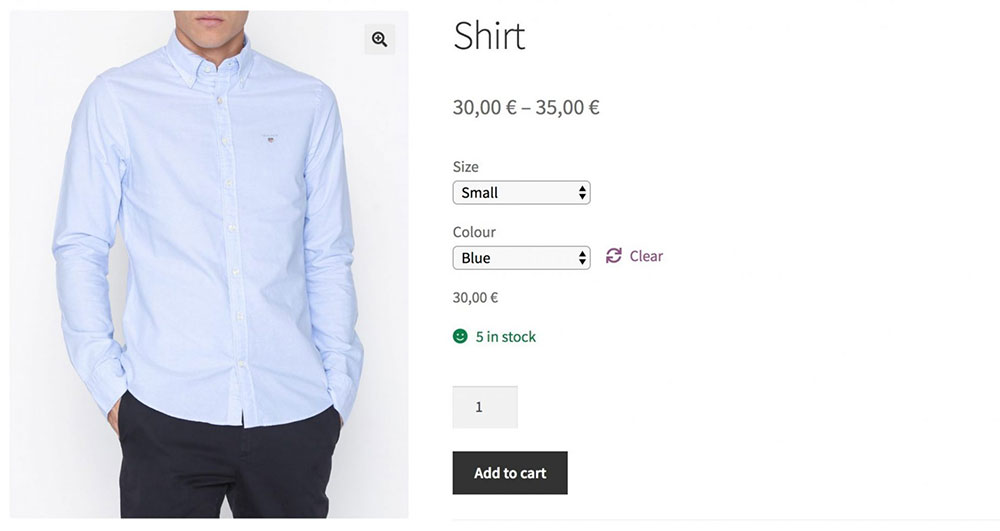
In the most simple terms, WooCommerce product options are the various forms in which a product can be sold. For example, a seller might sell a plain T-shirt but have purchase options in three different colors or a range of sizes. The sizes and colors available are the variables, but the final product – variables selected – is the variation.
For the seller to create a new listing for every variation would be impractical and time-consuming so variations and their convenient drop-down menus are needed.
It’s much easier to create a single listing and then generate a built-in variation for both size and color. If you don’t like dropdown menus, you can set it up so customers can click the boxes of their preferred product sizes. After making their selections, the buyer can add the item to their cart and proceed to the checkout section of their virtual shopping trip.
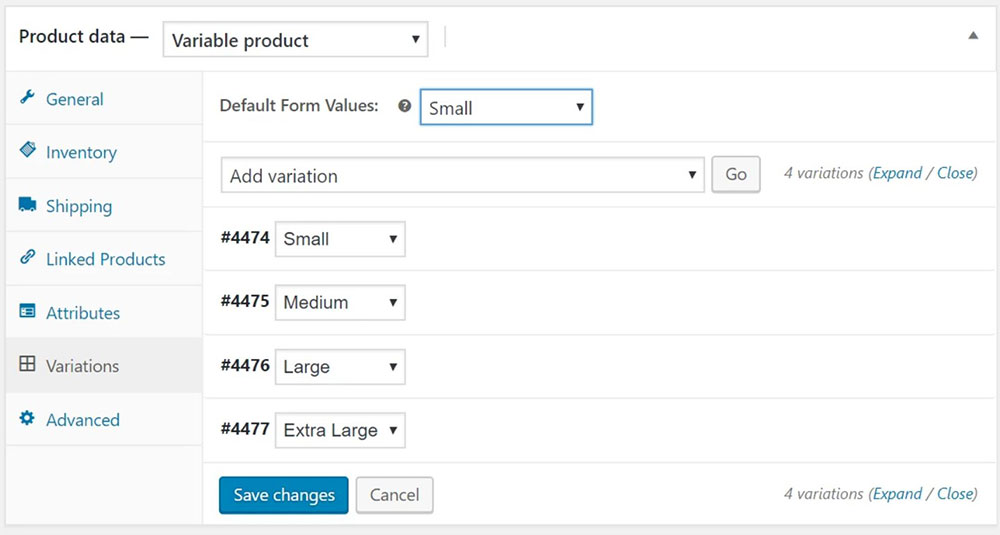
Most WooCommerce stores offer some products with variations. Many even rely on product variations for much of their success, and WooCommerce makes it easy to add most variations to a product.
Variable Product vs Variation: What’s the Difference?
The WooCommerce system consists of two main features, variations, and attributes, which are terms commonly interchanged, however they are different.
Variations

Variable products allow customers to make their own choices. Understanding the difference between attributes and variations can be demonstrated better than explained.
Here’s a simple breakdown of the two.
A seller is selling a dress. The dress is available in three sizes and two different colors, which means that it has two attributes:
- Color
- Size
Each attribute then has its own terms:
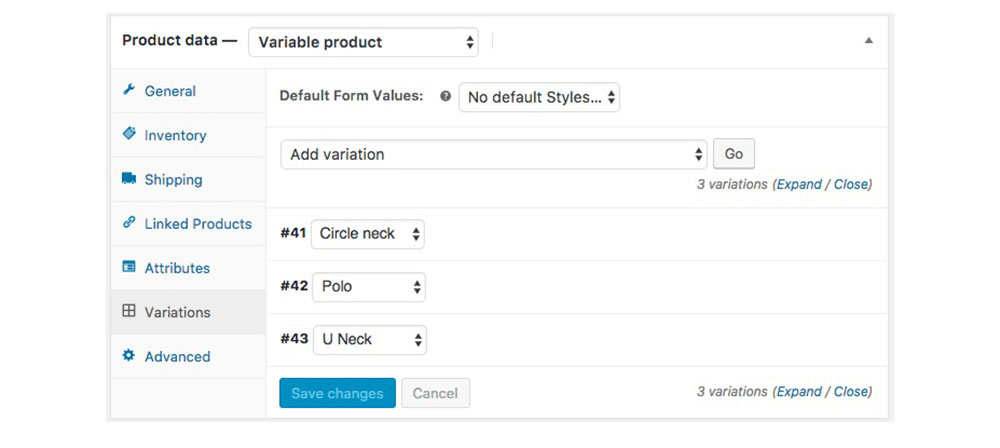
- Size: small, medium, large.
- Color: white, blue.
Every possible combination of two of the terms is a variation. This means that every time a buyer chooses a size and a color, it is a variation of the product.
For example, a buyer could choose the variation using the size small and the color blue, or the size medium and the color white, which are both different variations.
Attributes
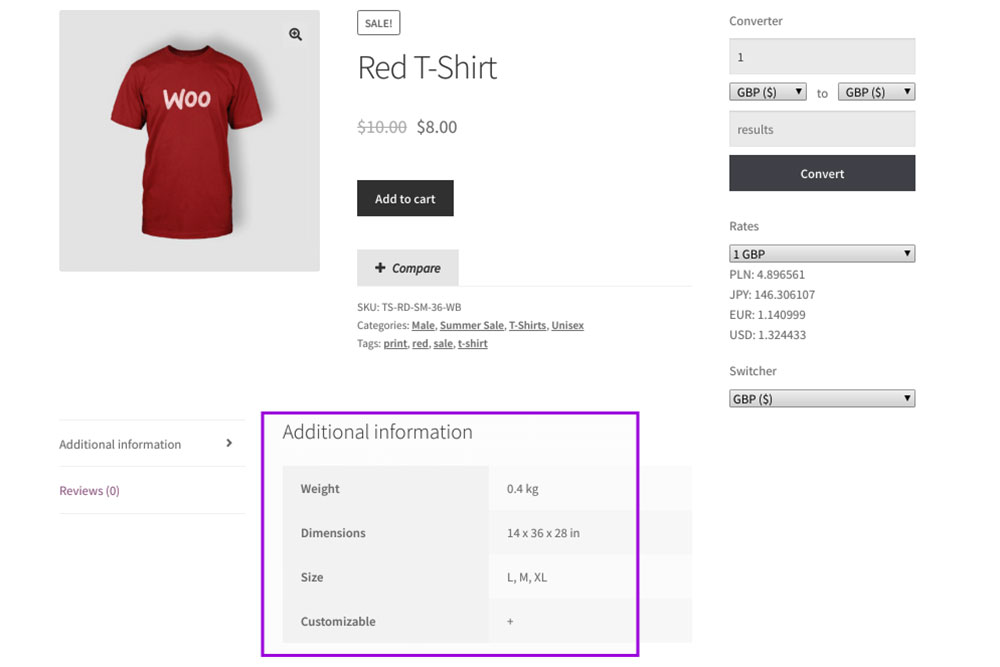
Attributes allow a buyer to purchase a product variation. Without attributes, all products would be sold one way – no varying sizes, different colors, or fun patterns to choose from.
Attributes of a dress could be the size and color, while the attributes of a paid online course could be the skills required to enroll in the course.
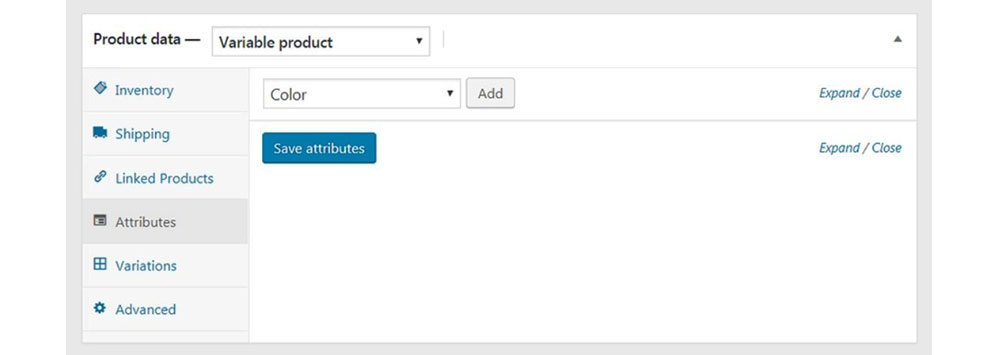
Both the dress and online course examples define the details through the attributes. In describing the online course, you’re defining what skills are necessary to enroll so that potential students know if they should sign up or not.
With the dress, you’re defining the size and colors.
Displaying Product Variations: Best Practices to Go By
The following are some of the best practices for displaying WooCommerce variable products in your online shop, which will help ensure your success.
Best Practices
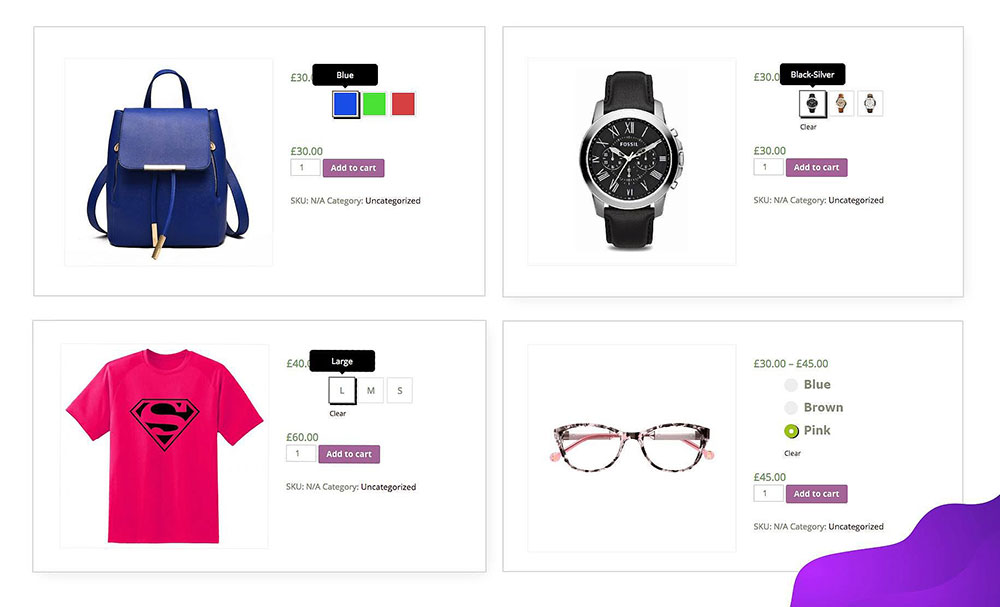
- Any pictures posted of the product should have a neutral background. Ideally, the background should be white or grey.
- Attribute labels should be clear and easy to understand. They should be direct, without large, complex words.
- Product pages should always have some sort of call-to-action; the most popular being an “Add to cart” button.
- If you want customers to buy more than one variant at a time, make it easy for them to add multiple products to their cart at once.

- Always include color swatches of available colors on your product page, a worded description is inadequate.
- Limit the number of decisions you give a customer; while choice is good, too much can be overwhelming.
- Photos of items should be of high quality and well-lit. Avoid capturing weird shadows or posting grainy, unfocused images.
What Makes Product Variation Important in E-Commerce?
Increased click frequency.

Without product variants, users searching for a specific item might not find your product in the search results.
Establishes customer loyalty.
Product variation helps customers to trust your brand, thus they become loyal, returning customers.
Meets supply and demand goals.
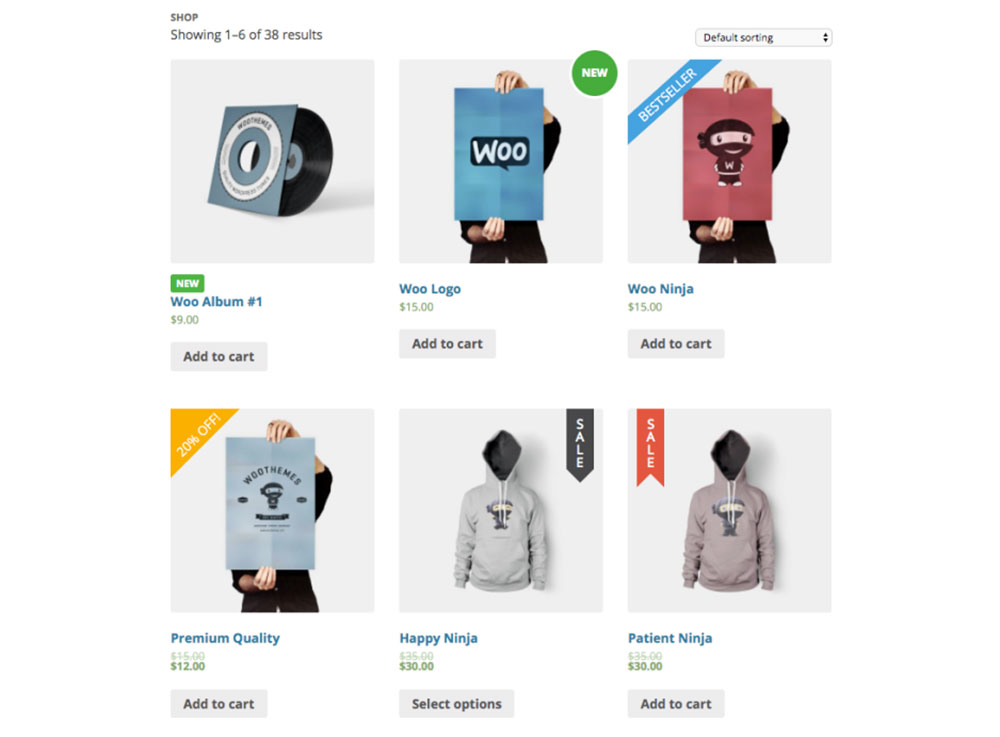
Customers are constantly looking for new and improved products. Offering variations ensures that your customers always have something different to purchase.
Bills of material are simple.
The use of variants makes it easier for product operators to define a basic bill of material template, which can easily include small variant variations.
Dictates value.
Variations can help you establish a general value for your products.
Helps your business stand out.
Product variations can set your business apart from the other selling similar products because people like to have a choice.
Improves the system of pricing.

Thanks to variants, the standard price for an item can be determined based on the product’s template, then add-on prices can be offered depending on the variant.
Ending thoughts on WooCommerce Variable Products
With any luck, this article has given you some valuable information about what a WooCommerce variable product is.
The best thing about these types of products is that they are easy to use. By following the simple instructions for the process, any online store can reap the benefits of variable products.
They are easy to manage once established, and if you need to extend them, using a high-quality theme will enable this.
One particularly great choice is Be Theme, which works seamlessly with WooCommerce and is one of the most beloved WordPress themes on the market. It offers a wide array of beautiful designs, exciting features, and easy customization.
It comes with more than 150 ready-to-use layouts that can be installed with just one click of the mouse.
If you enjoyed reading this article on WooCommerce variable product, you should check out this one about WooCommerce websites.
We also wrote about a few related subjects like WooCommerce vs Magento, WooCommerce vs OpenCart and WooCommerce Redirect after Checkout: How to Set It Up.


